
The biggest struggle business owners say they have when it comes to creating social media content is running out of ideas.
(It’s the main reason we created the Content Calendar System and pulled together 730 of them for you! ?)
But even if you’re not using CCS, we thought we’d pop in to share how we’re stretching our ideas even further by taking 1 Instagram caption and turning it into multiple pieces of content. ?
Psssst: This is also for you if you’re using CCS and looking for ways to adapt it for short-form videos that can be shared to TikTok, IG Reels & Stories, YouTube Shorts, Pinterest Idea Pins, Facebook, Twitter, and LinkedIn.
First, create your caption.
This is the foundation. We’ll start by customizing a CCS caption and adding information relevant to our niche and audience (things like tips, bullet points, our approach, personal stories, and so on) and then share it to our IG feed.
Now we have a piece of content to use a foundation for more content so we can maximize the traffic we get.

Next, brainstorm all the ways you can turn your Instagram caption into different formats.
Challenge yourself to turn every caption into at least one other format and you’ll double the content from just one idea!
To give you an example of the possibilities, we repurposed this single caption 4 times, as short-form videos we can use for TikTok, Reels and YouTube.
Repurposing method #1: As a text video with a voiceover
No need to get on camera for this one, we simply pulled out a snippet of text, expanded on that idea, and turned it into a video in Canva using graphics, text, and a 1-minute voiceover recorded with Quicktime.

You can view the final result here.
Repurposing method #2: As a “b-roll” video with a text overlay
This only takes a few minutes to do! If your caption contains bullet point examples, those make great “tips” videos! Here we used a pre-recorded (“b-roll”) video of Taughnee and added text overlays of 5 bullet points from the caption using Canva.
You can record “b-roll” video footage in advance. It can be anything – videos of you working, walking, your products, your office space, outdoor scenery – any generic footage that you can batch record and then use later. Save them to a folder on your phone so you can find them easily. Then just add a bit of text on top and some music and you’ve got a short-form video!

Here’s our final b-roll video so you can take a look.
Repurposing method #3: As a “talking head” video
Then we took that same idea, put a twist on it, and turned it into a “talking head” video by just reading off a few tips.

You can view our talking head video here.
Repurposing method #4: As a short-form tutorial video
Our caption talked about the “reasons why” but it didn’t address how to actually do it. That was our inspiration to create a short-form video tutorial demonstrating how we use Google Forms and Google Sheets to collect customer feedback.
?Notice we’re not recreating the entire caption! We’re breaking it apart and sharing concepts, snippets, and tips. Then we’re using it as a jumping off point for other angles we can take.
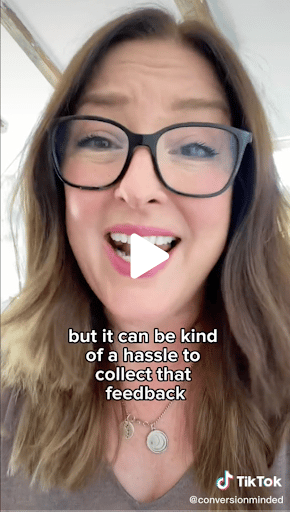
Here’s what our tutorial video looks like.
That’s all there is to it!
When it comes to short-form videos, keeping it simple and sharing one idea at a time actually works best. So if you have a lot to say on a topic, consider creating a series, with a part 1, part 2, part 3, and so on. That will give you even more pieces of content to share from one idea. ?
Not doing TikToks and other short-form videos yet? There are still loads of other content formats you can create from your Instagram captions.
For example:
- Broadcast emails
- Instagram carousel posts
- Stories
- Blog posts
- Podcast episodes
Once you start thinking about content in this way, you’ll never run out of ideas. ?
We hope this inspired you to get more mileage out of everything you create! Will you be giving this a try?
About The Content Calendar System (CCS)
CCS includes 2 years of done-for-you content ideas, caption templates and graphics.
You’ll have 720 content ideas all planned out for you in a 2-year content calendar, plus 885 fill-in-the-blank caption templates ready for you to customize and post on Instagram, Facebook, Twitter, LinkedIn and more.
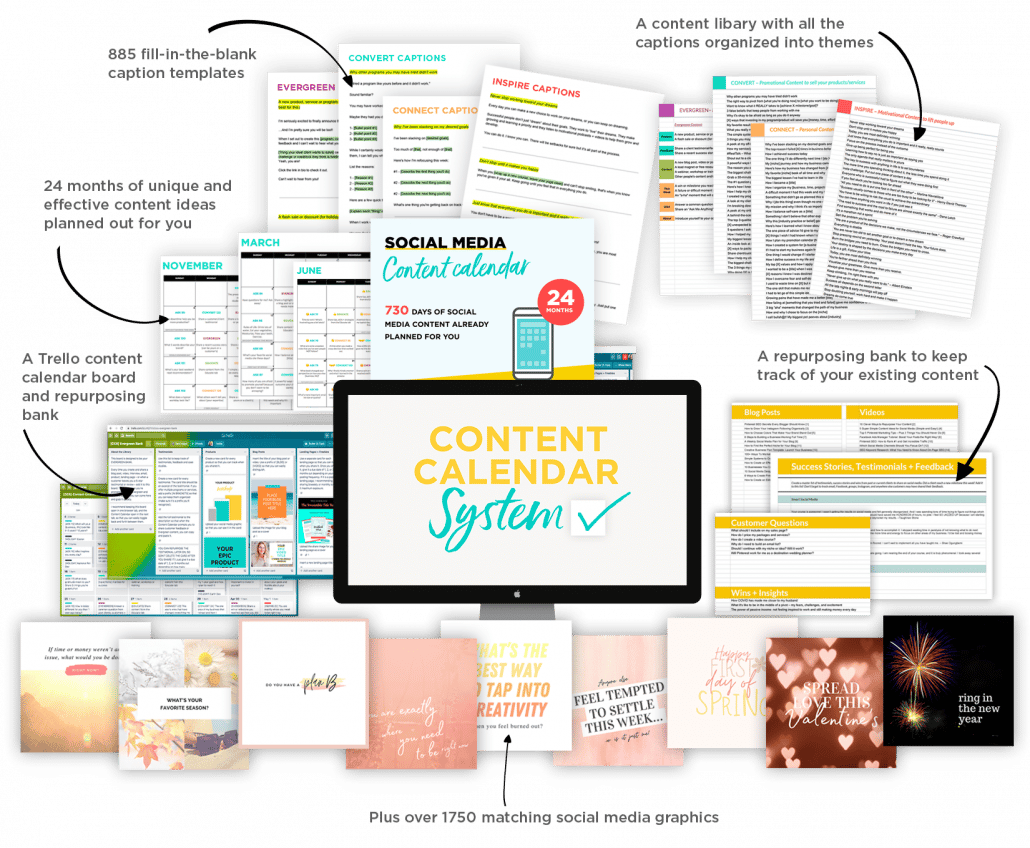
They’re also a great foundation for Instagram stories, carousel posts, TikToks, Facebook group prompts, and YouTube videos.
And here’s what our happy clients have to say:
“Being the owner of 3 separate business, I am able to take this content and apply it to ALL of my businesses that are in completely different industries. I am absolutely blown away! These amazing ladies have hit the mark on everything, nothing is left out. It’s literally done, and done for me. There is such a wealth of information that I cannot believe the price I paid for it. I am beyond thrilled about the Content Calendar System. I will be a lifelong customer!!“
-Lindsey C.
“The quality and value you get from the CCS is worth a lot more than the cost of it. The system helps you organize your social media activity and frees up your schedule big time. It is only a few hours work, one time each month. I couldn’t have lived without it. It is that easy.” – Roy S.

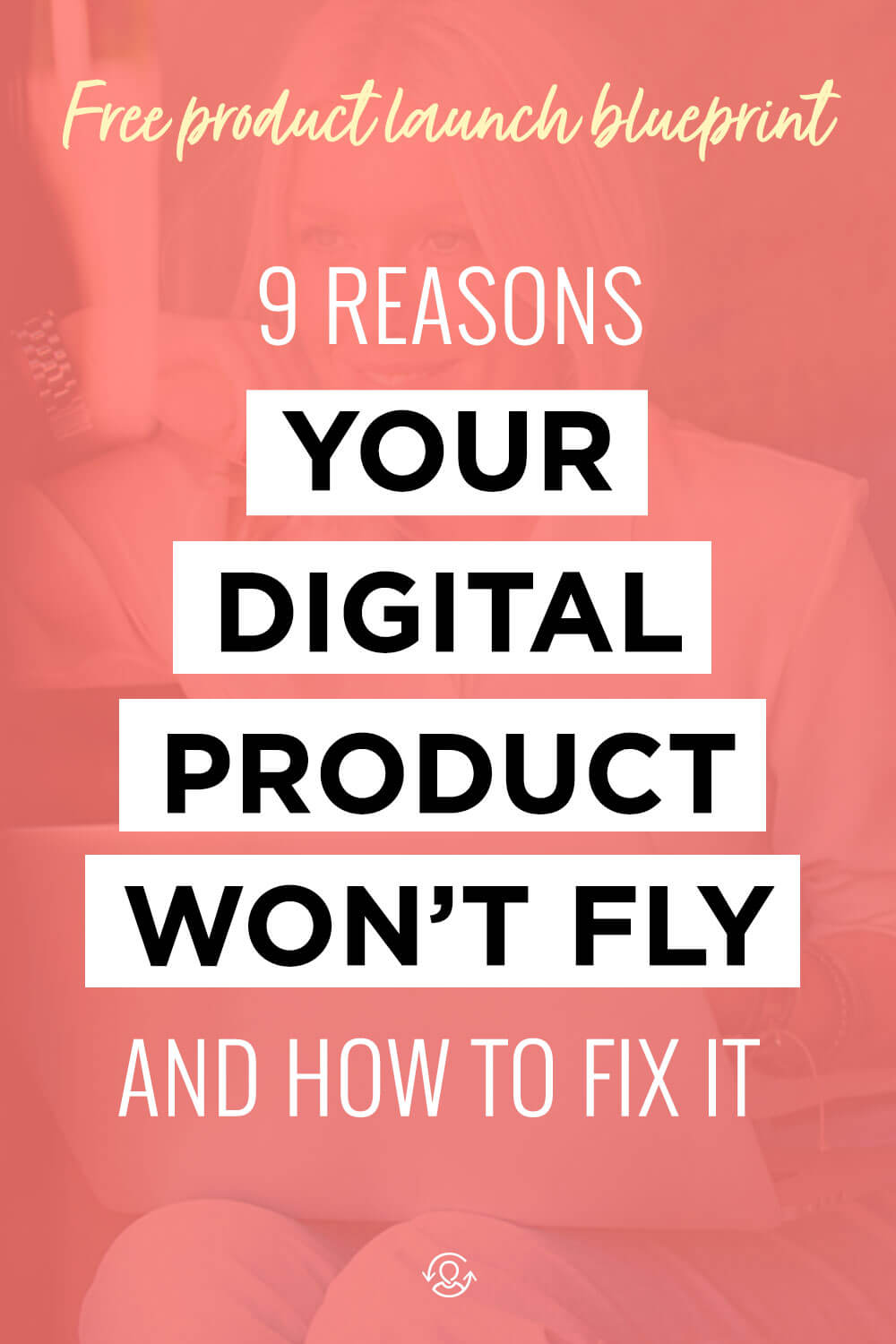
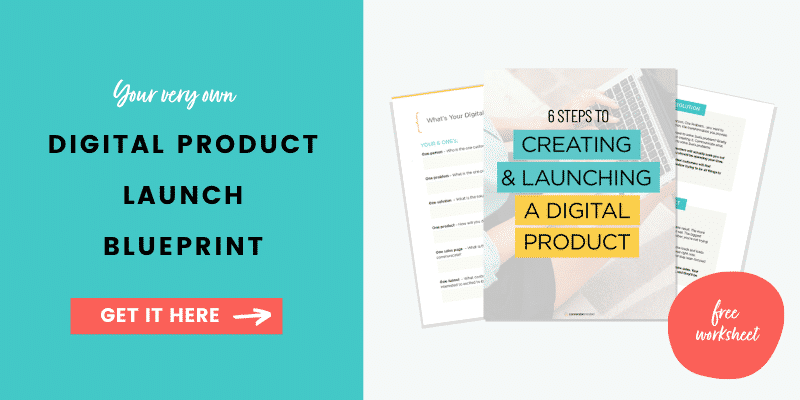
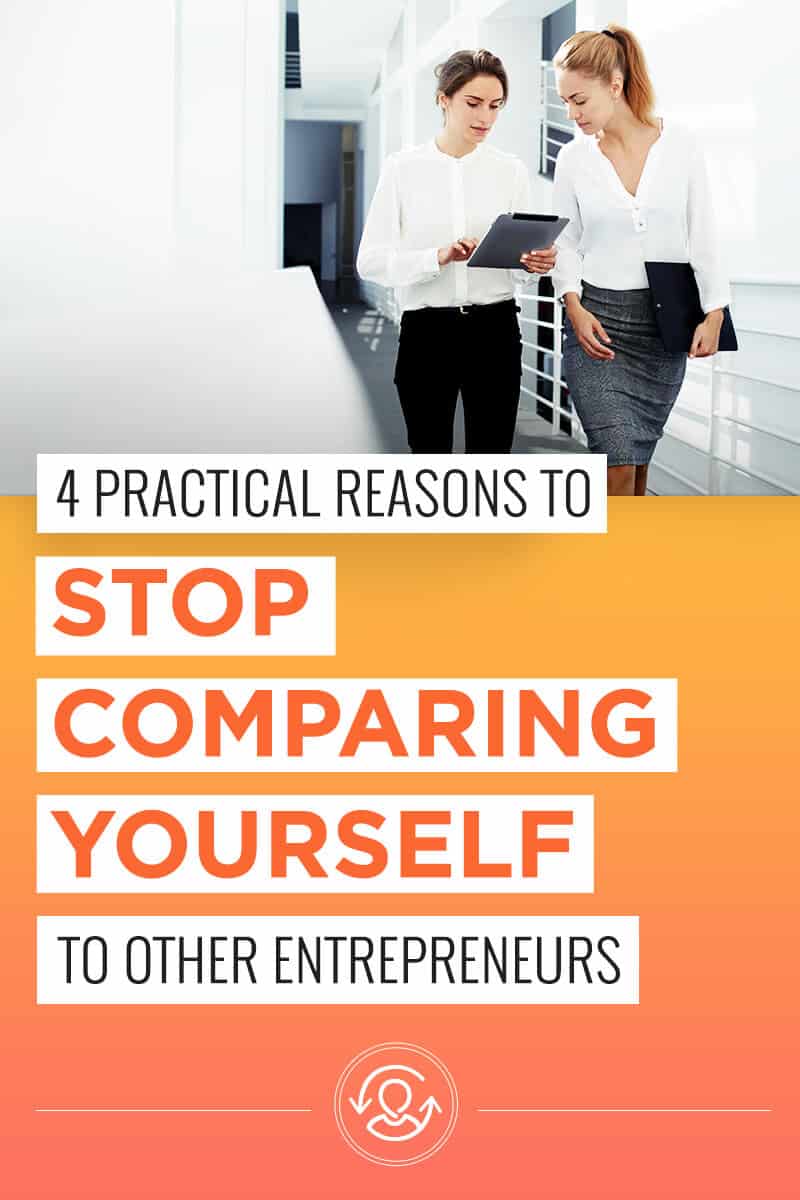 Comparing yourself to others. Yikes.
Comparing yourself to others. Yikes.